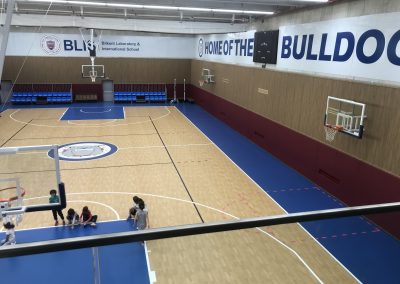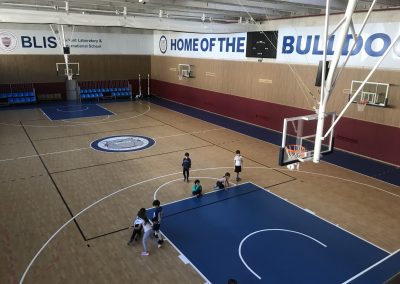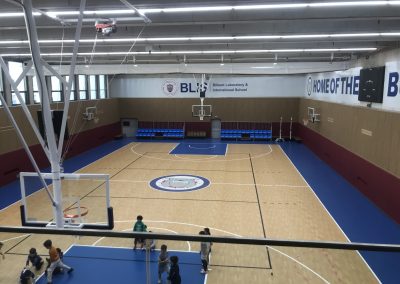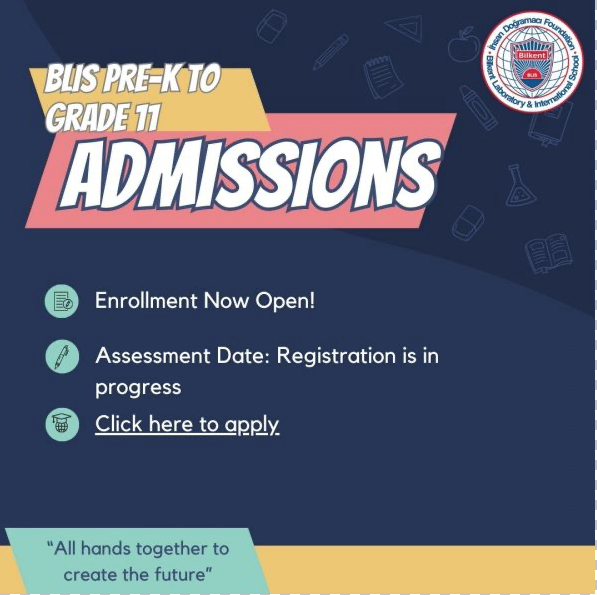BLIS PHYSICAL EDUCATION DEPARTMENT MISSION STATEMENT
Physical activity and a healthy lifestyle are of great importance for everyone, regardless of age, development and ability. For school children, they are of even greater importance, and have a significant impact on their physical, mental and social development. Any school which advocates that it is concerned with the ‘complete’ education of its’ students must therefore have a comprehensive and well-implemented Physical Education program.
All students will leave our school having experienced a diverse range of physical activities and learning styles. They will be competent performers in a range of individual, group and team activities and possess the relevant language skills for these activities. They will also understand the rules and etiquette of these activities in order to be able to participate effectively throughout their lives, modeling good sporting behavior. Each student will realize the importance of health and fitness as a life skill and be able to design and implement a body maintenance program. At the end of Grade 10 they will leave our program with an interest, capability and desire to continue being physically active throughout their lives.
The old adage ‘healthy body, healthy mind’ is now accepted by all, for besides the obvious benefits of exercise for good all-round physical development and health, it is acknowledged that exercise and physical activities also complement mental exertion and benefit intellectual development, and can help promote and nurture positive character and personality traits that are often not touched on in classroom situations.
AIMS
- To provide students with a broad and balanced range of physical and sporting activities in lessons.
- To promote an interest in physical and sporting activities, developing the aptitudes and abilities of each student, which will lead to participation and involvement in physical activities out of school and in later life.
- To develop the physical abilities and aptitudes, cardio-vascular fitness, flexibility and strength of each student through active participation in a full range of activities.
- To teach an understanding of the human body, how it works and how it is affected by exercise and lifestyle, the importance of physical fitness and healthy living, and to give each student the knowledge to be able to live a healthy lifestyle.
- To promote a basic understanding of the rules and regulations of each activity, and to nurture the principles of fair play, honesty and responsibility.
- To teach the importance of safe practices in all sporting activities, and to develop safety awareness.
- To increase self-awareness and to encourage a positive self-image and develop a positive and caring personal moral code and value system.
- To foster social development and the ability of students to co-operate: to help, encourage and learn from each other; to develop positive relationships, understanding that each individual is different and has unique qualities.
- To encourage independent and interdependent critical and creative thinking and to improve problem-solving skills, so developing the ability to make informed and reasoned decisions based on acquired knowledge.
- To provide all students with equal opportunities, yet to enable elite performers to have the opportunity for further development.
Physical Education Clothing Policy
For safety reasons, it is important that students are dressed appropriately for all physical education classes. Students will not be permitted to participate in physical education classes if they are not dressed appropriately. Appropriate dress for PE classes includes:
- Sport shoes and socks
- Sport shorts (or warm long sport pants for colder weather)
- Sport t-shirt (and warm long-sleeved sweatshirt for colder weather)
- No jewelry (earings, rings, toerings, necklaces, bracelets, bangles, watches, etc.) or other items that can cause injury or accidents
- Long hair needs to be pulled back and secured tightly
Our students, parents and staff members represent different cultural expectations with regards to PE classes and hygiene. In particular, there are many different traditions about changing clothes before and after PE classes. We recognize that changing of PE clothes during school time impacts learning time. Therefore, on days when a student has PE classes, they are asked to come to school dressed in their sports clothes. This saves valuable learning time. After PE classes, if it is necessary for students to change clothes for hygiene reasons, this will be permitted.





